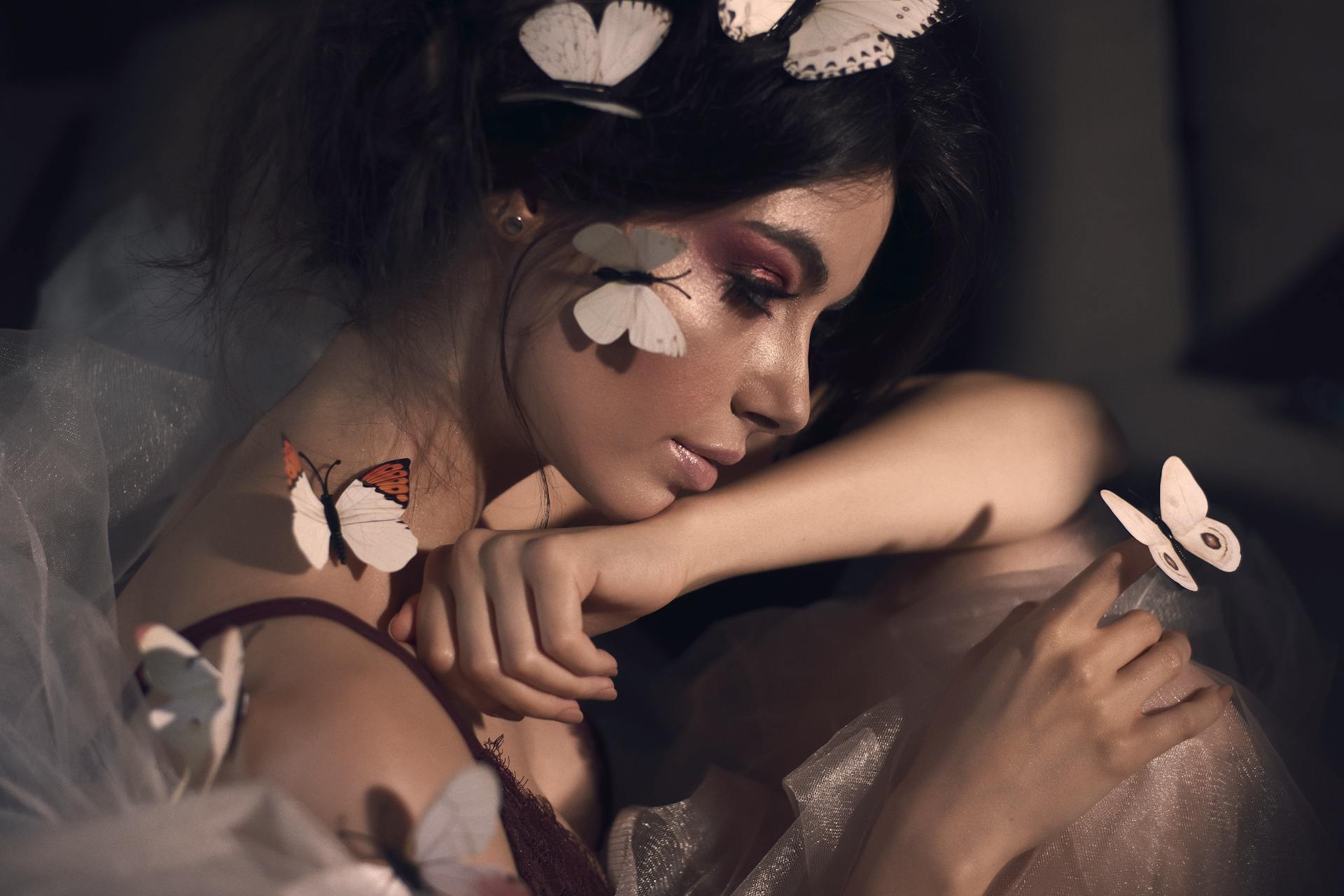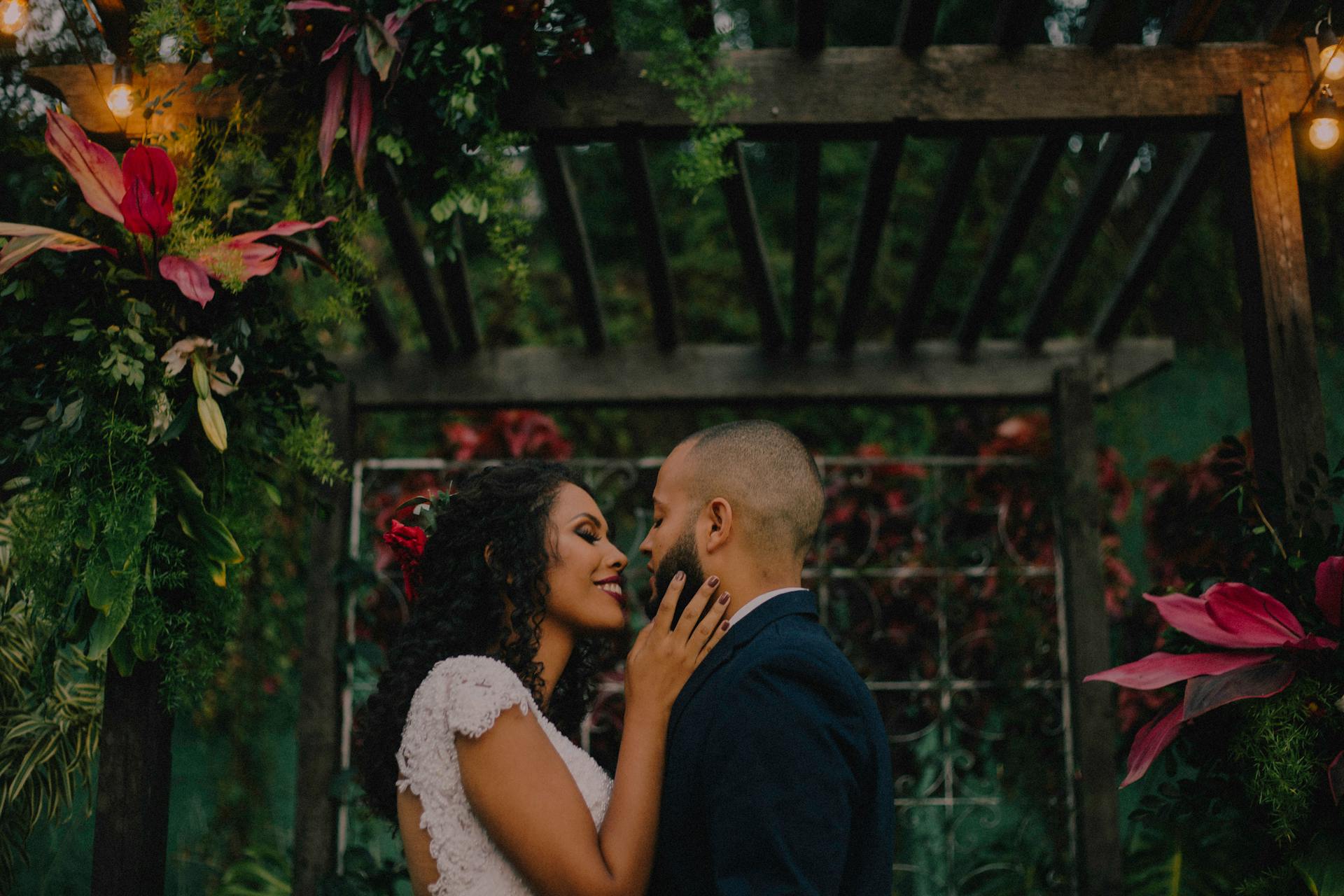Kyoto, a city where ancient traditions blend seamlessly with modern life, presents a captivating canvas for photographers.
Introduction
This article chronicles a recent photographic expedition through the heart of Japan's cultural capital, exploring how to capture the essence of this timeless city through the lens.
The Allure of Kyoto
Kyoto's appeal lies in its:
- Rich historical significance
- Blend of traditional and contemporary elements
- Vibrant street life and serene natural spaces
Our photographic journey aimed to capture these diverse facets, revealing the multifaceted character of this enchanting city.
Finding Beauty in the Everyday
Dawn's Early Light
Our days often began before sunrise, allowing us to capture:
- The soft, golden light of dawn illuminating traditional streets
- The gradual awakening of the city, from quiet temples to bustling markets
- Tranquil moments before the day's hustle and bustle
Capturing Kyoto's Essence
We focused on:
- Intimate scenes of daily life
- The interplay of light and shadow in narrow alleyways
- Seasonal changes reflected in the city's landscapes
Overcoming Photographic Challenges
Kyoto's unique environment presented several challenges:
- Light Management:
- Navigating the contrast between bright skies and shadowed streets
- Adapting to rapidly changing light conditions, especially in narrow alleys
- Weather Variability:
- Quickly adjusting camera settings to accommodate sudden weather changes
- Finding creative ways to incorporate rain or mist into compositions
- Crowded Locations:
- Patiently waiting for the right moment to capture popular spots without crowds
- Using creative framing to isolate subjects in busy areas
Behind the Scenes: The Photographic Process
Pre-Shoot Planning
- Evening scouting sessions to identify promising locations
- Researching optimal times for light and crowd conditions
- Planning shots to align with specific events or seasonal changes
On-Location Workflow
- Arriving early to set up equipment and observe the environment
- Practicing mindfulness and patience while waiting for the perfect moment
- Adapting plans on the fly based on unexpected opportunities or challenges
Equipment and Techniques
Camera Gear
- Body: Canon EOS R5
- Lenses:
- 24-70mm f/2.8 for versatile street and landscape shots
- 70-200mm f/2.8 for compressed urban landscapes and intimate portraits
- Accessories:
- Sturdy tripod for low-light and long exposure shots
- ND filters for managing exposure in bright conditions
- Weather-sealed camera bag for protection in variable conditions
Post-Processing Workflow
Adobe Lightroom was our primary tool for enhancing the raw captures:
- Color grading to accentuate Kyoto's unique atmospheric qualities
- Subtle adjustments to highlight the interplay of light and shadow
- Careful sharpening to enhance architectural details without over-processing
Reflections and Favorite Moments
The most compelling images often came from unexpected sources:
- An elderly woman tending her traditional garden in the early morning light
- Friends sharing tea and laughter in a centuries-old café
- The juxtaposition of a geisha hurrying past modern storefronts
These candid moments, more than any grand vista, seemed to encapsulate the true spirit of Kyoto – a city where the past and present coexist in harmonious balance.
Conclusion
Photographing Kyoto is an exercise in patience, observation, and respect for the city's rich cultural tapestry. Each image tells a story not just of a place, but of a moment in time – a fleeting intersection of light, life, and history.
We hope this journey through Kyoto inspires you to see the world around you with fresh eyes, finding beauty and meaning in both the grand and the mundane. Whether you're exploring a foreign city or your own backyard, remember that every scene holds the potential for a compelling image.
Thank you for accompanying us on this photographic exploration of Kyoto. May your own photographic adventures be filled with discovery, challenge, and the joy of capturing moments that tell a story.


